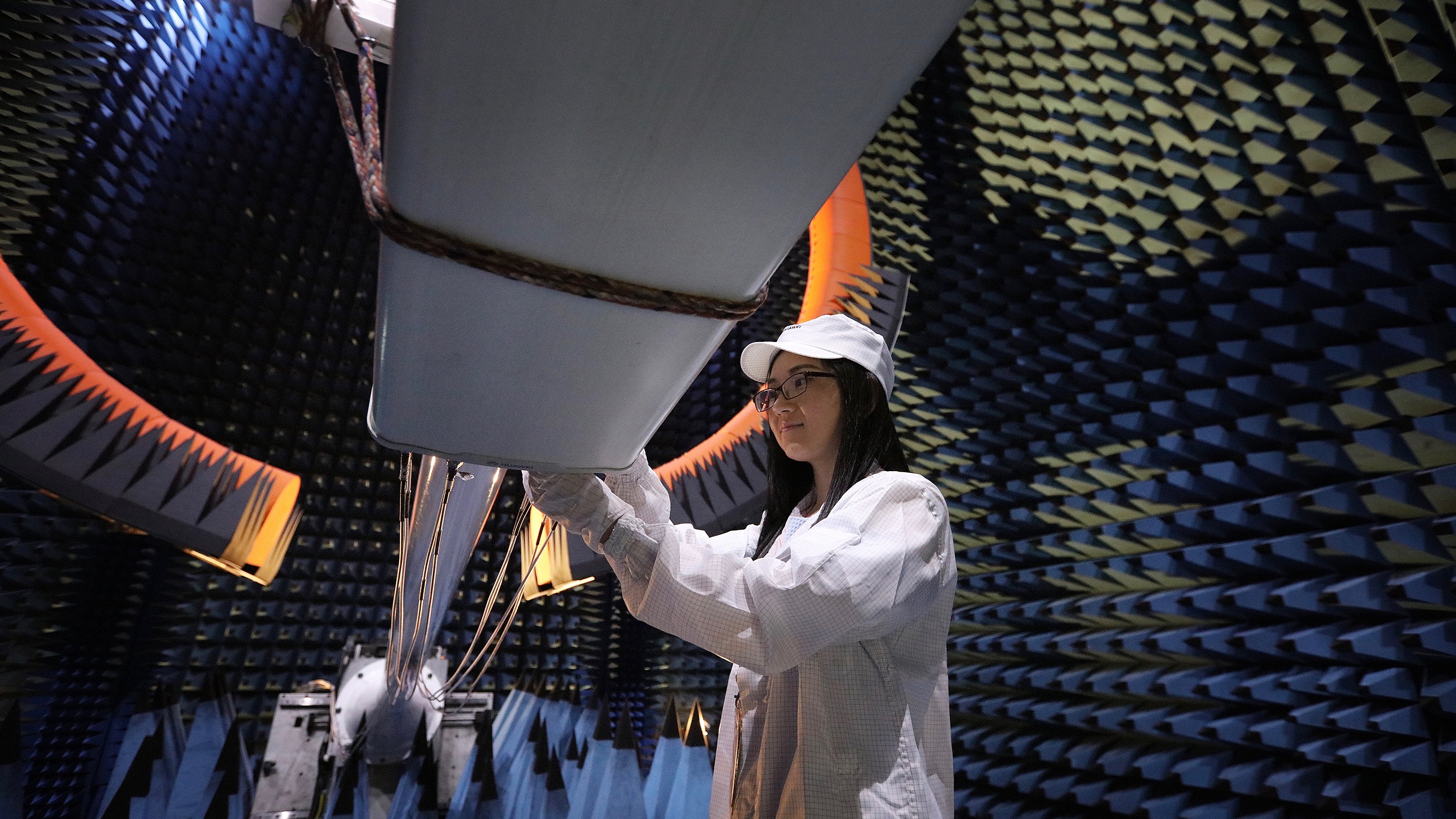Huawei says the US not using its 5G tech ‘would be a challenge'
Can the US catch up with Huawei’s 10-year head start?

Earlier this month the White House announced it is currently working with 5G technology companies including Microsoft, Dell and AT&T to develop an alternative to Huawei 5G. This move came after the US banned Chinese technology giant Huawei from supplying 5G infrastructure to the US telecom network, due to potential 5G security risks. Now, Huawei has bitten back - in an interview with CNBC, Paul Scanlan, Chief technology Officer of Huawei’s networking business, explained that the technical standards and implementation of 5G have taken around 10 years. When asked if the US could create a new alternative to Huawei quickly, Scanlan answered: “It would be a challenge.”
“So the U.S. will do what the U.S. does ... that’s a very, very long game and that has its own sort of complexity built into (it) and Huawei has been addressing and looking at those things ourselves,” Scanlan said in the interview.
National Security Risk
The US maintains Huawei is a national security risk and allege that Beijing could use their equipment for espionage. So, in order to get 5G alternative up and running quickly, rather than developing 5G infrastructure hardware, the companies working with the US government are instead developing a common engineering standard that will allow 5G software developers to use any hardware to run the software codes needed for 5G technology. This software and cloud capabilities that are being developed currently will replace a lot of the 5G equipment that is supplied by Huawei.
5G open source architecture
“They don’t have that sort of collective group nor the standards.”
Paul Scanlan, Huawei.
Talking about groups building this open source architecture for 5G, Scanlan said: “They don’t have that sort of collective group nor the standards ... you know there’s a lot of complexity in there. That doesn’t mean it can’t happen and it won’t happen but the one key thing is perhaps the US has ... underinvested in this area of technology.”
Huawei Alternatives
When it came to commenting on US Attorney General William Barr’s idea of the government to take a controlling stake in Finland’s Nokia and Sweden’s Ericsson blunt Huawei’s dominance in 5G technology, Scanlan said: "I don't know if it's a good thing or a bad thing or if it's practical even."
Meanwhile, in Britain, where there is a 35% cap on the role of “high-risk vendors”, namely Huawei, Tobias Ellwood, chair of the House of Commons Defence Select Committee, said the Five Eyes — an intelligence alliance between Australia, Canada, New Zealand, the UK and the US — should develop its own Huawei rival.
“What I think we need to recognise is that if we do allow Huawei in temporarily, we need to quickly create an alternative, which doesn’t exist at the moment. So you look at Cisco, Ericsson, Nokia, you need to get these companies together with some international state funding to create our own 5G capability,” Ellwood said in an interview with Global Defence Technology magazine.
Get up to speed with 5G, and discover the latest deals, news, and insight!

Rachael is a British journalist with 17 years experience in the publishing industry. Since launching www.digitalcameraworld.com, she’s been freelancing, and working for some of the world’s best-loved websites and magazines including T3.com and TechRadar.com and has also had a book, iPad for Photographers, published. A regular contributor at 5Gradar, Rachael is following the 5G market closely. Find out more at www.rachaelsharpe.com

